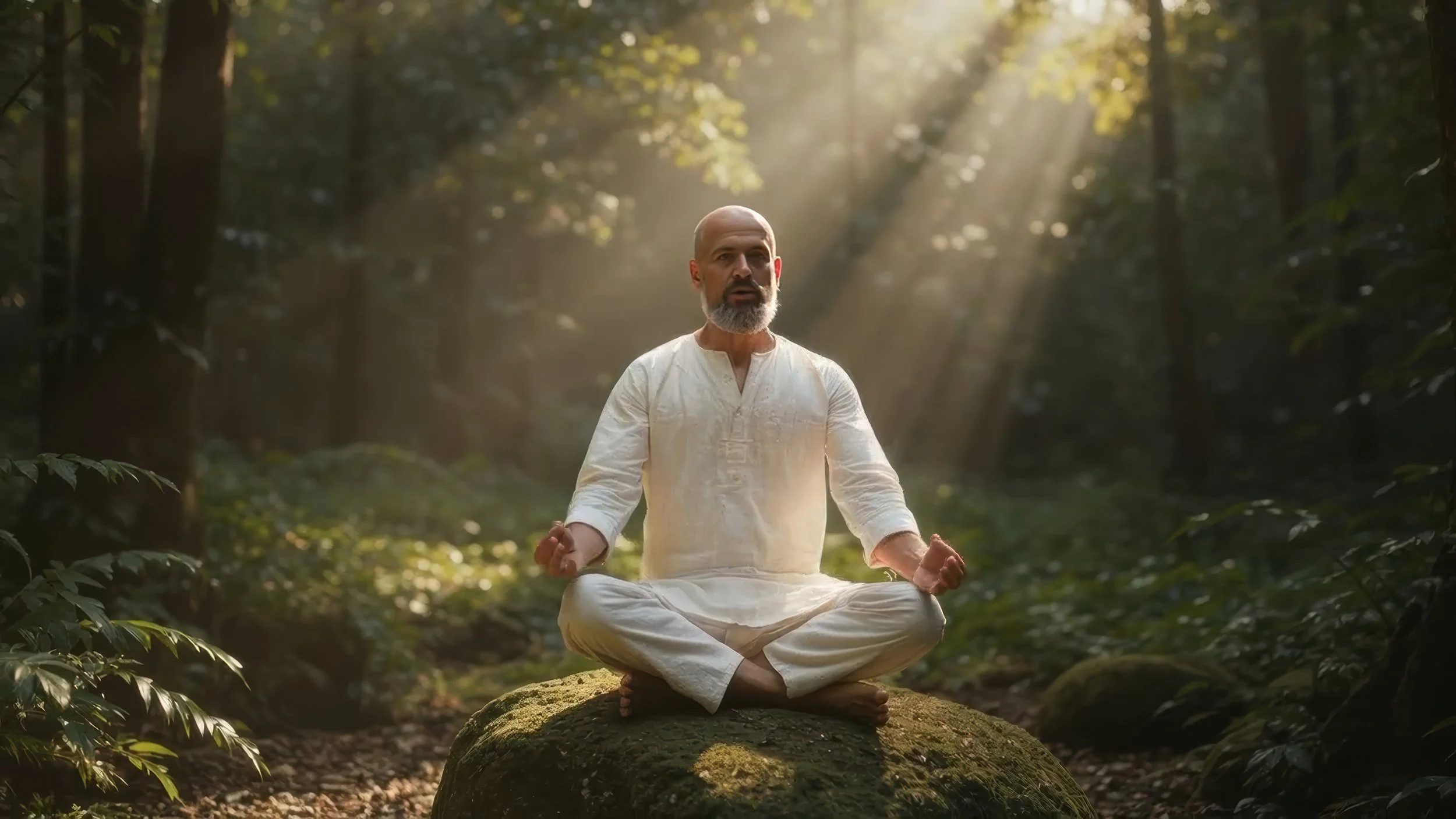How Generative AI is Reshaping Storytelling
When Matt Silverman talks about storytelling in the age of AI, you can hear both the excitement and the urgency in his voice. As Executive Creative Director at iBelieveInSwordfish, he’s spent decades translating sparks of imagination into visual stories for some of Silicon Valley’s most innovative companies. But today, he says, the creative toolbox looks nothing like it did even three years ago.
“AI is happening now,” Matt stresses. “This isn’t something that’s coming down the pike. It’s not something that might happen. It’s happening, and it’s happening right now. We’re using it daily in our production work. Our clients are using it in their projects, and it’s going to affect everybody.”
From Prompts to Production
For Silverman, the revolution is not just in what AI can do — but how fast it’s evolving.
“Generative AI is really using tons of computers, millions of computers, working together to essentially code on their own. So instead of everybody writing software code one line at a time, they moved into software 2.0.”
That leap has birthed an entirely new generation of tools:
ChatGPT for writing scripts and even software with natural language.
Midjourney for breathtaking still images.
Runway and Google’s Veo 3 for text-to-video that looks shockingly real.
Eleven Labs for cloning voices and syncing them perfectly to lips.
Udio and MM Audio for music and sound effects that match visuals automatically.
Movieflo.ai, which now strings these elements into a single production pipeline.



